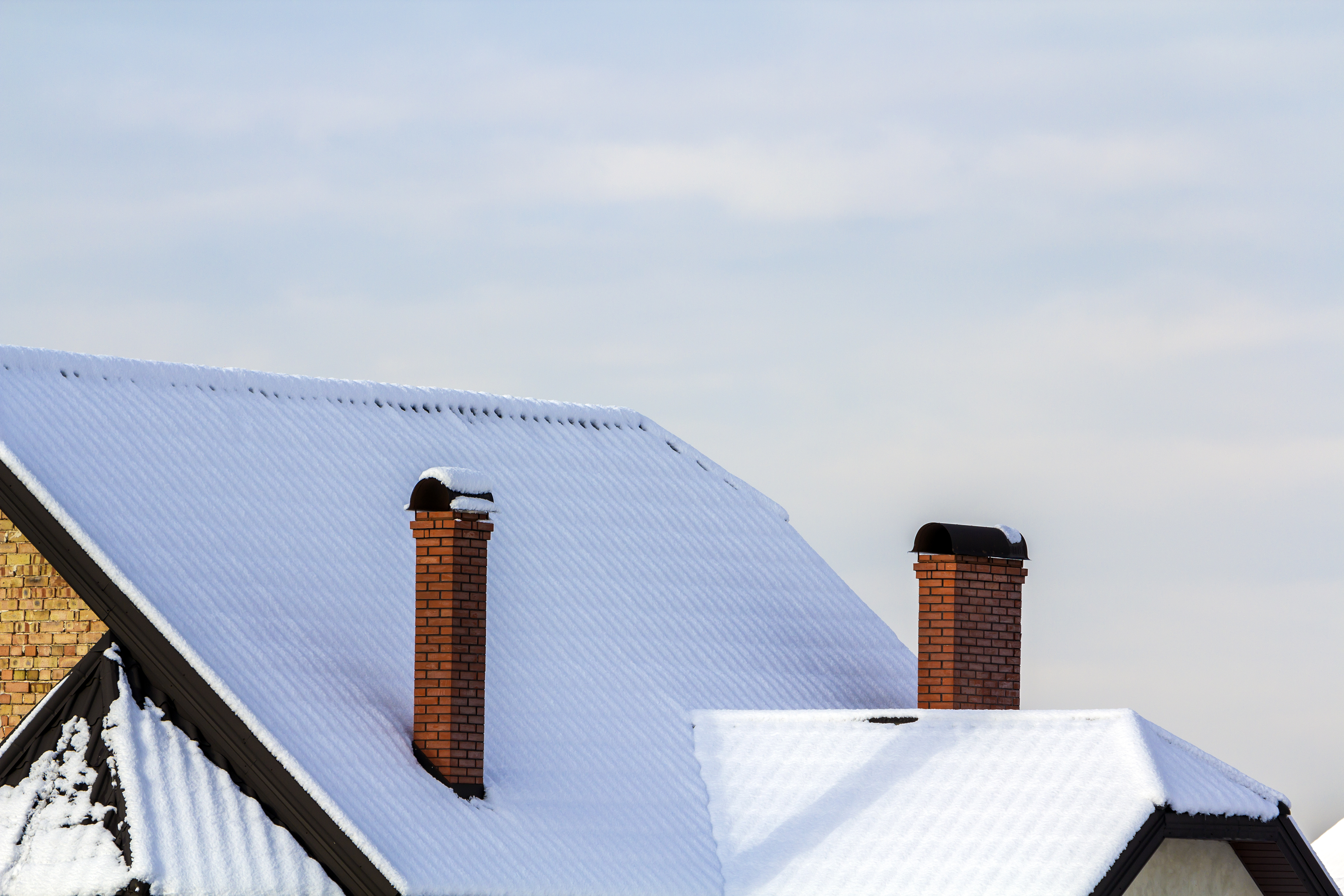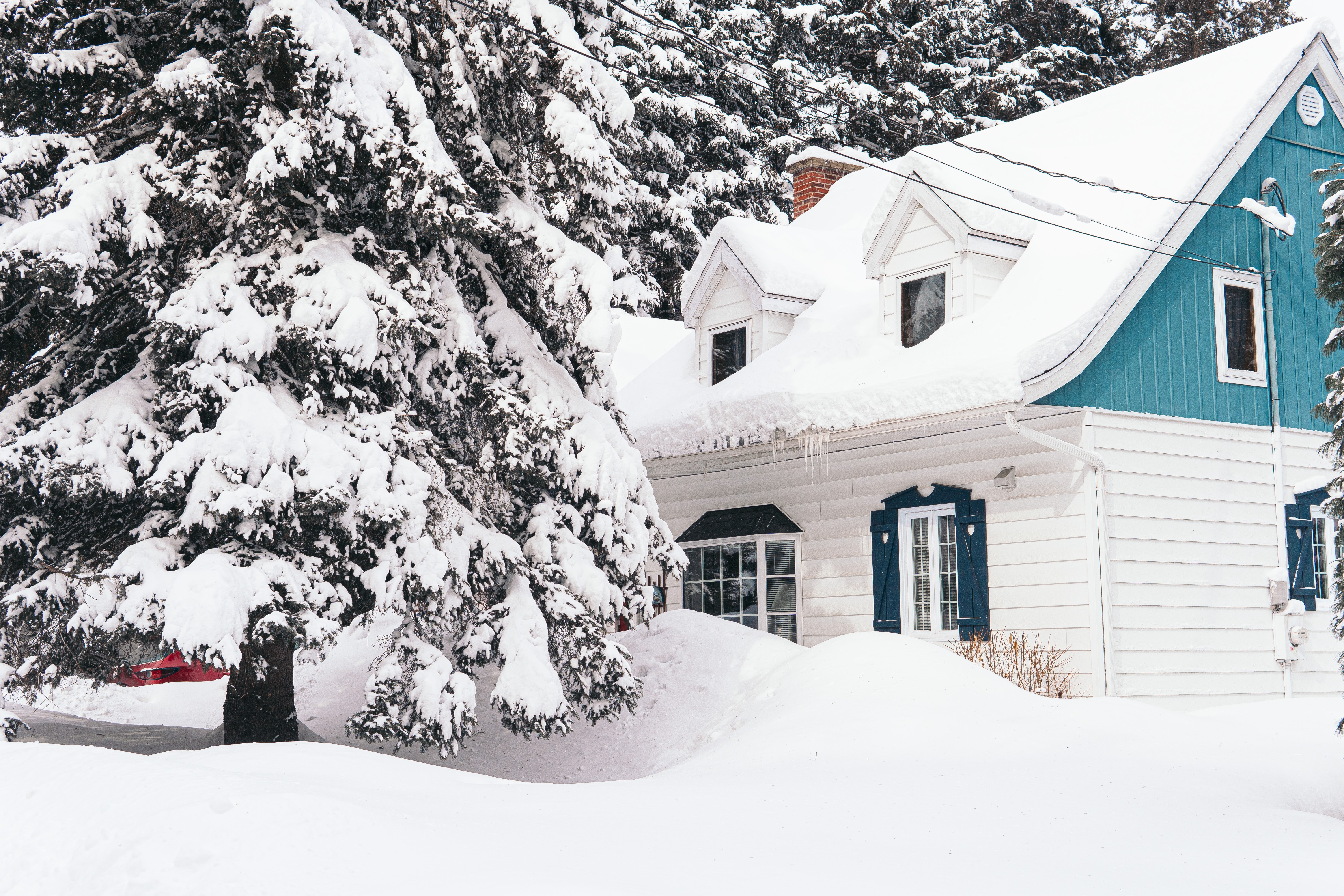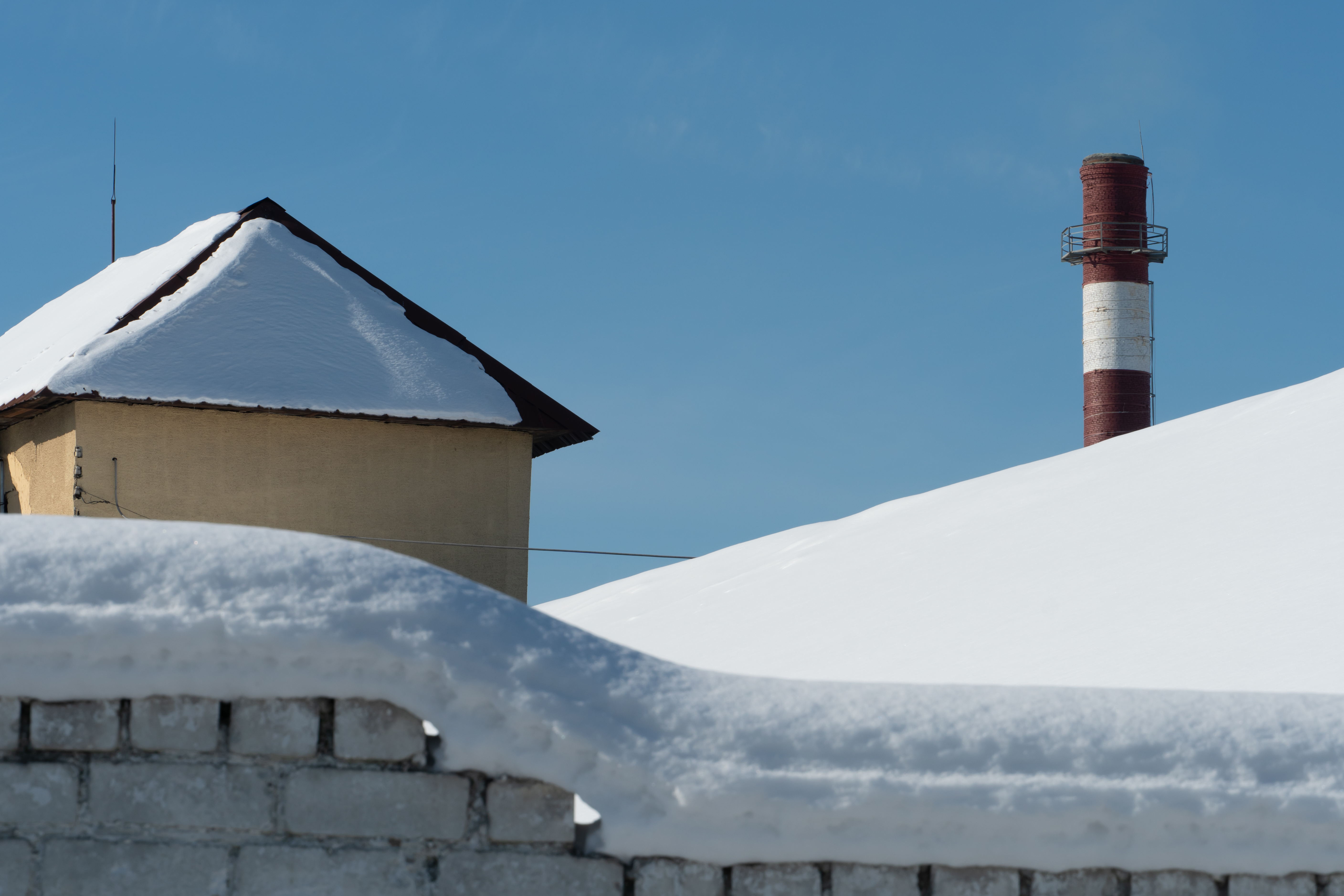Winterproofing Your Home: Understanding the
Basics of Roof Slope and Snow Load
Winter is a season that can bring both beauty and havoc to your home. While the snow-covered
landscape may be awe-inspiring, it can also cause serious damage if you’re not prepared. One of the
most important steps in winterproofing your home is understanding the basics of roof slope and snow
load.
An appropriately sloped roof will help to ensure that heavy snow doesn’t accumulate too quickly or
weigh down on your structure. And knowing how much weight your roof can handle will give you peace
of mind when big storms hit.
In this blog post, we’ll discuss why it’s so important to understand these two elements when
winterproofing your home, as well as provide tips for determining what type of slope and load are right
for you. We'll also give you some ideas for preventing snow from falling off your roof in large chunks
causing unnecessary damage.
How Much Snow Does Your Region Get?
The first step in determining the right roof slope and snow load for your home is to understand how
much snow you can expect each winter. This varies greatly by region, so you’ll need to do some research.
Call your local building department and ask them for your Local Ground Snow Load in lbs/sf or PSF. We
use this data to determine appropriate
row spacing for your snow retention system.
Once you have an idea of typical snowfall amounts, you can start looking into what type of roof slope
and snow load your home needs.
What Is the Right Roof Pitch?
The roof slope is the angle at which your roof sits relative to the ground. A steeper slope will mean that
heavy snow slides off quickly, while a flatter slope can lead to accumulation. Depending on your region,
local building codes may dictate what type of pitch is required for your home.
It’s important to note that too steep a slope can also cause problems, such as an icy buildup on the
surface or damage to your property when snow avalanches off the roof. As such, you should strive to
find a balance between too flat and too steep, based on both local building codes and the amount of
snow your area typically gets. In addition to the various factors, you must also take into account the type
of roof covering your home. Metal roofs require a different slope from asphalt shingles, for example.
What Is the Right Snow Load For Metal Roofs?
The snow load is the amount of weight your roof can safely support. Determining this number requires
knowledge about local building codes, seasonal snowfall in your region, and the type of roof you have.
We use Ground Snow Load to determine the
row spacing of your snow retention system. It is a local 50-
year average of the snowfall in your area.
When it comes to metal roofs, the snow load should be greater than your area’s average snowfall
amount. This will ensure that your roof isn’t overloaded during heavy snow periods.
In addition, you should have an understanding of the type of metal roofing you have and its
corresponding load rating. This will help you ensure that your roof is able to bear the weight of both
winter weather and other normal activities like walking on it or putting a ladder against it to remove
snow.
How Do You Calculate Snow Load On A Sloped Roof?
Calculating the snow load on a sloped roof can be a bit tricky. For one, you’ll need to take into account
the roof’s pitch or slope. This is because the steeper the roof is, the more weight it can bear due to
gravity pulling the snow down.
You should also factor in the type of roofing material you have and its load rating. This will help you
determine the right amount of snow load for your home, as some materials can bear more weight than
others.
Finally, consider any additional weight that may be placed on your roof, such as a solar panel array or
attic insulation. This should also be factored into your calculation to ensure that your roof can handle the
added load.
Snow Load Math Calculation
Here's a quick formula you can use to determine snow load:
Roof Snow Load (lb/ft2) = Depth (ft) x Density.
The approximate density of snow is:
●5-20 Ib for light snow
●20-40 Ib for packed snow
●40-58 Ib for packed snow with ice
●58 Ib for ice
What Is The Minimum Roof Pitch For Snow?
The minimum roof pitch for snow is generally 7/12 or 14 degrees. In order to ensure that heavy snow
slides off quickly, it’s important to have a steeper slope than this.
However, remember that having too steep of a slope can also cause problems like icy buildup or property
damage. As such, it’s important to find a balance between too flat and too steep, based on both local
building codes and the amount of snow your area typically gets.
Tips for Preventing Snow From Accumulating
In addition to understanding the basics of roof slope and snow load, there are other things you can do to
winterproof your home.
First, you should make sure your gutters and downspouts are clear from debris so that melting snow can
flow away from your home. You should also clean the valleys between the roof and eaves to ensure that
snow can’t pile up in these areas or create ice dams.
Also, consider adding snow guards to your home. Snow guards are polycarbonate or metal products that
attach to the roof and help prevent large chunks of snow from sliding off and potentially damaging your
property.
Finally, if you have a flat roof, consider adding insulation to reduce the risk of ice dams forming along the
edge. You can also install heat cables to melt any snow that does accumulate.
Tips For Preventing Ice Dams On A Metal Roof
Ice dams are a common problem in winter and can cause significant damage to your home. To prevent
them, most metal roofs require adequate ventilation and insulation.
Start by inspecting the area around the eaves for any blockage that could be preventing water from
flowing off of the roof. Also, make sure any attic vents are free of obstructions like tree branches or
leaves.
Next, check the insulation levels in your attic and make sure they meet the required R-value for your
area. This will help keep warm air from escaping and melting snow on the roof.
Finally, consider adding a metal roof coating or sealant to protect it from ice dams forming. You can also
install heat cables along the eaves to melt any snow as it accumulates allowing the water to flow away
safely.

Tips For Protecting Vents And Gutters Against Sliding Snow
Snow sliding off a metal roof can cause damage to your home’s vents and gutters. To prevent this, you
should add snow guards and vent guards along the ridge line of your roof and in front of your vents. This
will help hold back or break up any large chunks of snow that may otherwise slide off and hit these
vulnerable areas.
You should also make sure that any vents on your roof are covered with a mesh guard to prevent snow
from entering them. Additionally, clear any debris or blockages in your gutters and downspouts so that
melting snow can flow away from the house.
Finally, if you have an ice dam problem, consider installing heat cables along the eaves of your roof to
melt any snow as it accumulates.
Conclusion
Winterizing your metal roof is essential for protecting your home and property during heavy snowfall.
From roof slope and snow load, to
vent protection and snow guards, there are many steps you can take
to ensure that your roof is ready for winter. By following these tips, you can help make sure that your
roof stays strong and secure throughout this season.
If you have any questions or need reliable snow guards for your home, contact us today!




